The Road Ahead: Trends and Applications of AI in Transportation
Updated: June 4, 2025
Every mile and every step in transportation is undergoing an AI revolution. From the way we book our rides to how our goods are delivered, AI in transportation is the new engine driving change. Think about self-driving trucks navigating highways, drones delivering packages, and sophisticated systems managing complex logistics networks. Such unmatched potential drove transportation companies and municipalities to invest in AI development services, with the forecast for the global artificial intelligence transportation market to reach $6.3 billion by 2027.
So, what makes this technology so appealing for investment? Why do industry players alter their business strategies and start to deploy AI in logistics and transportation? And how is AI used in transportation? Let’s sort it out.

We provide companies with senior tech talent and product development expertise to build world-class software. Let's talk about how we can help you.
Contact usTable of Contents
Overview of AI in Transportation
The transportation sector has been steadily evolving over the years. If not taking into account the invention of the wheel in 3500 BC, which allowed for the vehicles to be created, the first mechanically propelled maritime vehicle was introduced in 1787. Since then, the industry has developed by leaps and bounds with the invention of motor cars, trains, and aircraft. Artificial intelligence in transportation industry marks the next stage of its evolution. Now, transportation has become smart.
Early Applications of AI in Transportation
In fact, AI algorithms have been used in transportation for decades. The technology was silently transforming the industry, largely unnoticed by the public because the first smart systems were tested and refined in laboratories and academic circles.
If we zoom out and look at the big picture of the initial uses of AI in transportation and logistics, we could see that it was penetrating the industry through numerous solutions. Here are some of the earliest applications:
- Self-driving cars. The AI community has been challenged to build self-driving cars since the 1960s. The first prototypes were developed in the 2000s, but they were unable to analyze so many factors that occur on the road, like the actions of pedestrians and traffic. The advances in machine learning and sensing technology in 2004 launched speedy progress in the AI software development of self-driving cars.
- Route Planning and Optimization. Route optimization solutions started gaining traction with the rise of computerized systems. An early example is UPS’s ORION system, which began development in the late 2000s and was based on AI principles. Back then, route planning systems used AI to identify the shortest routes, taking into account distance, road closures, and traffic conditions.
- Traffic management. The first traffic optimization systems, like SCATS (Sydney Coordinated Adaptive Traffic System), were developed in the 1970s and began to be used in the early 1980s across different countries worldwide. Yet artificial intelligence joined the game just recently to automate some basic manual processes. Operating autonomously, systems allowed cities to increase traffic flow and lower congestion.
The Evolution of AI Capabilities
The evolution of transportation artificial intelligence is comparable to watching a high-speed train gain momentum. Early AI started with basic route planning and traffic optimization. Today, smart technology is behind cutting-edge logistics and transportation solutions: smart city infrastructures, supply chain management, traffic incident detection, and more. This leap didn’t happen overnight. Critical developments in machine learning, data analytics, and sensor technology during the last two decades have supercharged AI in all its forms.
Thanks to these advancements, transportation systems not only became smarter but also more adaptive to changing road conditions. AI in transportation got an upgrade and can now instantly respond to congestion, detect accidents as soon as they happen, or prioritize pedestrians over vehicles near school zones during peak hours. With its improved predictive capabilities, artificial intelligence also became an indispensable tool for more accurate traffic forecasting.
Also, check our guide on how to create an AI system to learn more.
Importance of AI in Transforming Transportation
Since the introduction of AI and machine learning in transportation, many things have taken a gradual shift. A full-scale adoption of these technologies can bring massive gains for the sector.
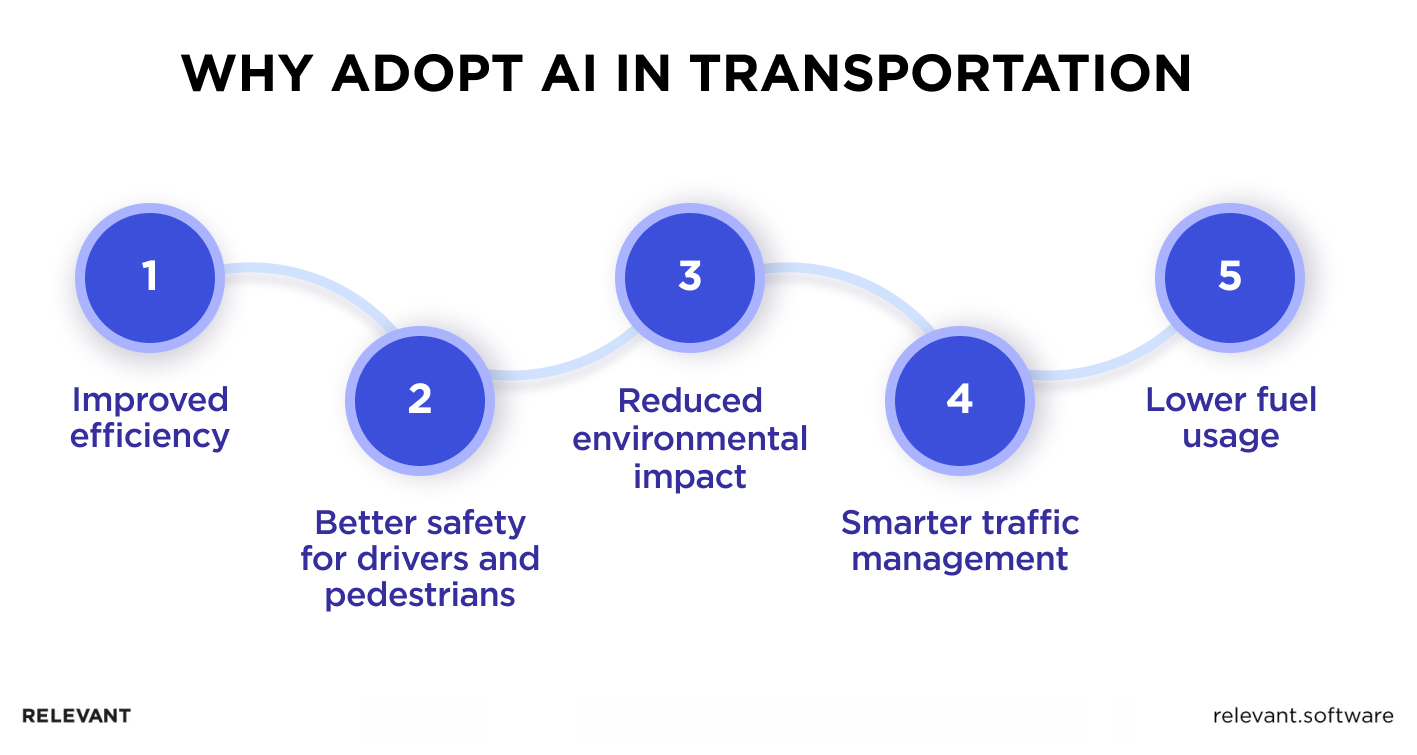
Thanks to artificial intelligence, efficiency in transit and logistics will become a new standard. By optimizing delivery routes and reducing idle time, AI in transportation and logistics makes sure that vehicles are always on the most efficient path. Intelligent systems can predict traffic patterns and adjust schedules accordingly, which helps companies minimize delays and increase the throughput of transportation networks.
Safety is another big win possible due to artificial intelligence. With AI’s precision and ability to learn, the risk of human error, a major cause of accidents, is significantly reduced. Any unpredicted occurrences in traffic and potential security threats can be predicted.
Finally, so much talked about and thought after, environmental sustainability can be reached faster with AI. Apart from cutting down fuel consumption through optimized routes and better traffic handling, artificial intelligence does not play the last role in enabling autonomous vehicles.
Current Applications of AI in Transportation
AI in transportation has grown to the extent that it’s impossible not to notice its impact. The technology makes the industry more user-centered and automated. Here, we look at ten examples of AI in transportation and how they are remodeling the sector.
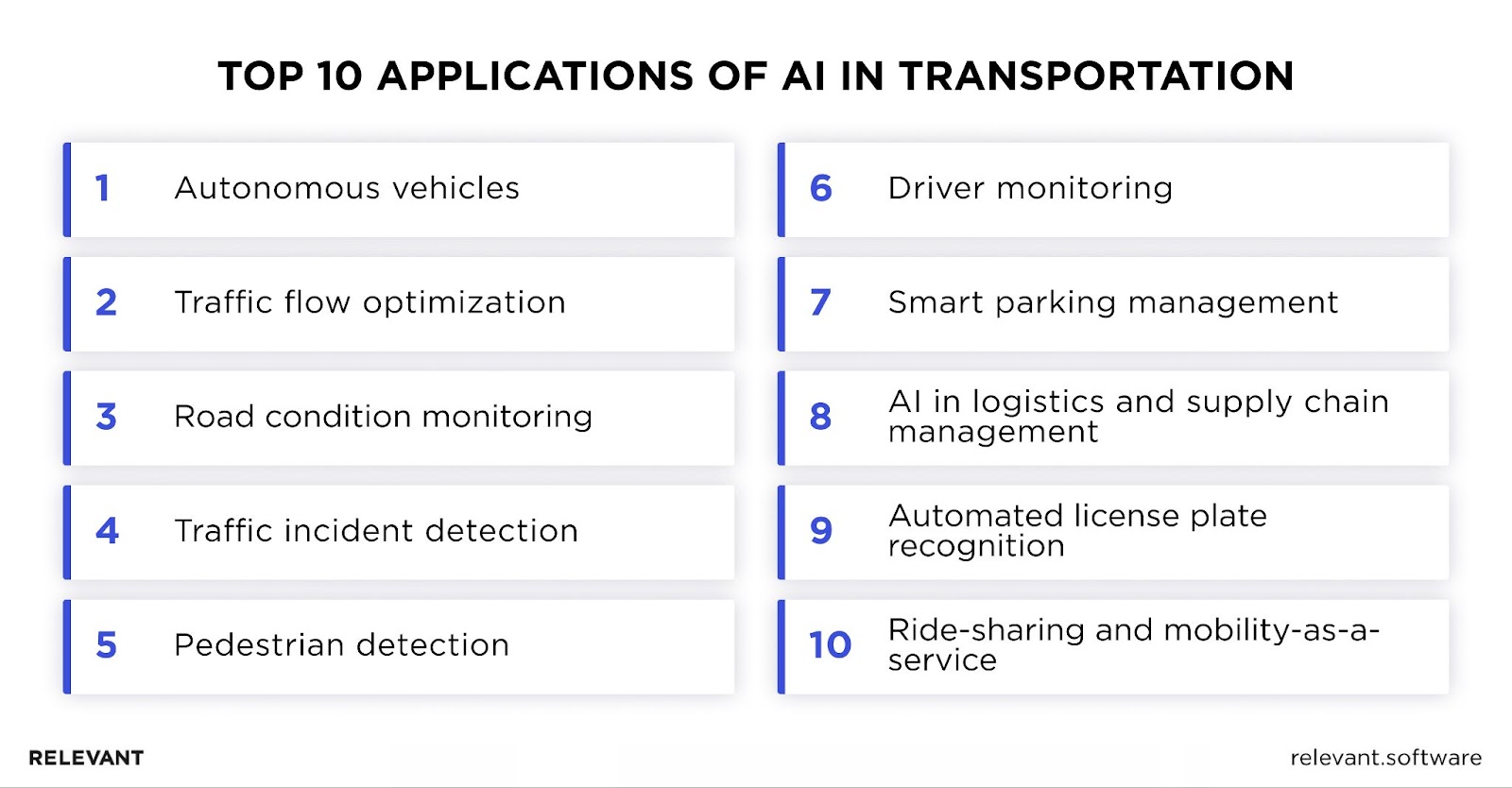
Autonomous Vehicles
Self-driving cars are one of the most thrilling applications of artificial intelligence in transportation. Waymo and Uber’s autonomous cars and Tesla’s semi-autonomous vehicles are already on the streets now. Using a combination of cameras, sensors, geolocation, and AI, cars can, if not fully drive themselves, then offer advanced driver-assist functionality that requires very little or no human intervention. Statista indicates that by 2023-2030, we could see up to 800,000 units of these vehicles worldwide. KPMG even suggests that such technology could slash accident rates by around 90%.

However, the true potential of AI transport lies beyond personal use; it extends to the commercial and public transportation sectors. Imagine the impact on global logistics, where the better half of goods are trucked – AI in these vehicles could revolutionize not just transport but global trade itself. Meanwhile, AI in public transportation can optimize schedules for reduced wait times, improve passenger safety, and manage passenger loads to alleviate overcrowding.
Traffic Flow Optimization
Managing traffic or dealing with congestion is one of the biggest problems of busy and traffic-laden cities. Set to solve this problem, machine learning transportation uses can prevent traffic jams and recommend the best route for drivers. It works by processing data from road-embedded sensors, cameras, and other IoT devices to identify the risk of certain traffic problems before they happen. Upon data analysis, AI applications send it to the management systems to adjust signal timing and to individual users to reroute cars or notify about the accidents.
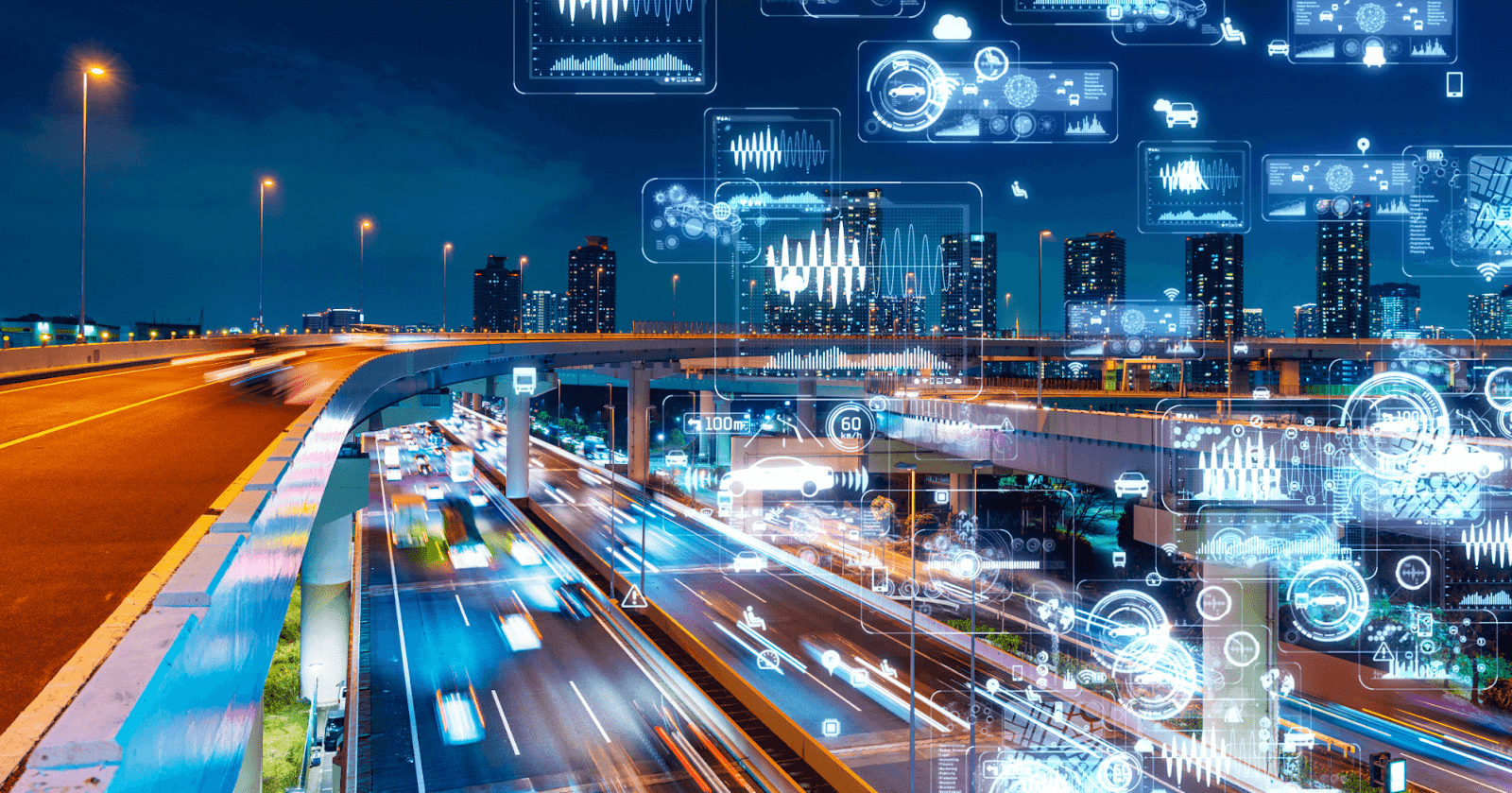
This way, the use of AI in transportation resolves the issue of tiring traffic hassles while reducing waiting times and improving safety. Both city authorities and logistics companies can benefit from using these solutions to improve managing traffic and lower carbon emissions along with congestion.
Road Condition Monitoring
While local councils and National Highways keep an eye on major roads and the Strategic Road Networks, monitoring of smaller, less-traveled roads and residential areas typically relies on public reports of poor conditions.
Now, computer vision and ML algorithms in transportation artificial intelligence systems can automatically identify issues on road surfaces and nearby structures, eliminating the need for on-site inspections. It uses images captured by drones or stationary cameras to detect potholes and assess the volume of road damage. With AI solutions, authorities can speed up road repair all around the city, not just major traffic-dense roads, and, what’s more important, increase safety.
Traffic Incident Detection
Managing traffic incidents effectively is critical to maintaining safe transportation systems. And computer vision systems do play a vital role here. They constantly monitor all cameras, searching for unusual traffic conditions, queues, and incidents in the video. Companies like Motorola Solutions have developed AI-enabled interfaces to ensure these critical events are promptly noticed.
But AI’s role doesn’t stop at detection; it also predicts potential traffic issues. For instance, Mind Titan’s collaboration with the Estonian Road Administration led to a traffic accident prediction model. Based on data like weather conditions, offenses, location of police patrols, accidents, and other details, the system can predict the accident’s likelihood, severity, and causes. Thus, AI in transportation can save thousands of lives.
Pedestrian Detection
In 2022, over 7500 pedestrians in the United States lost their lives in incidents involving motor vehicles. Given that AI in transportation is capable of automatically recognizing pedestrians in images and videos, cars equipped with smart sensors have the potential to greatly enhance safety in these situations.
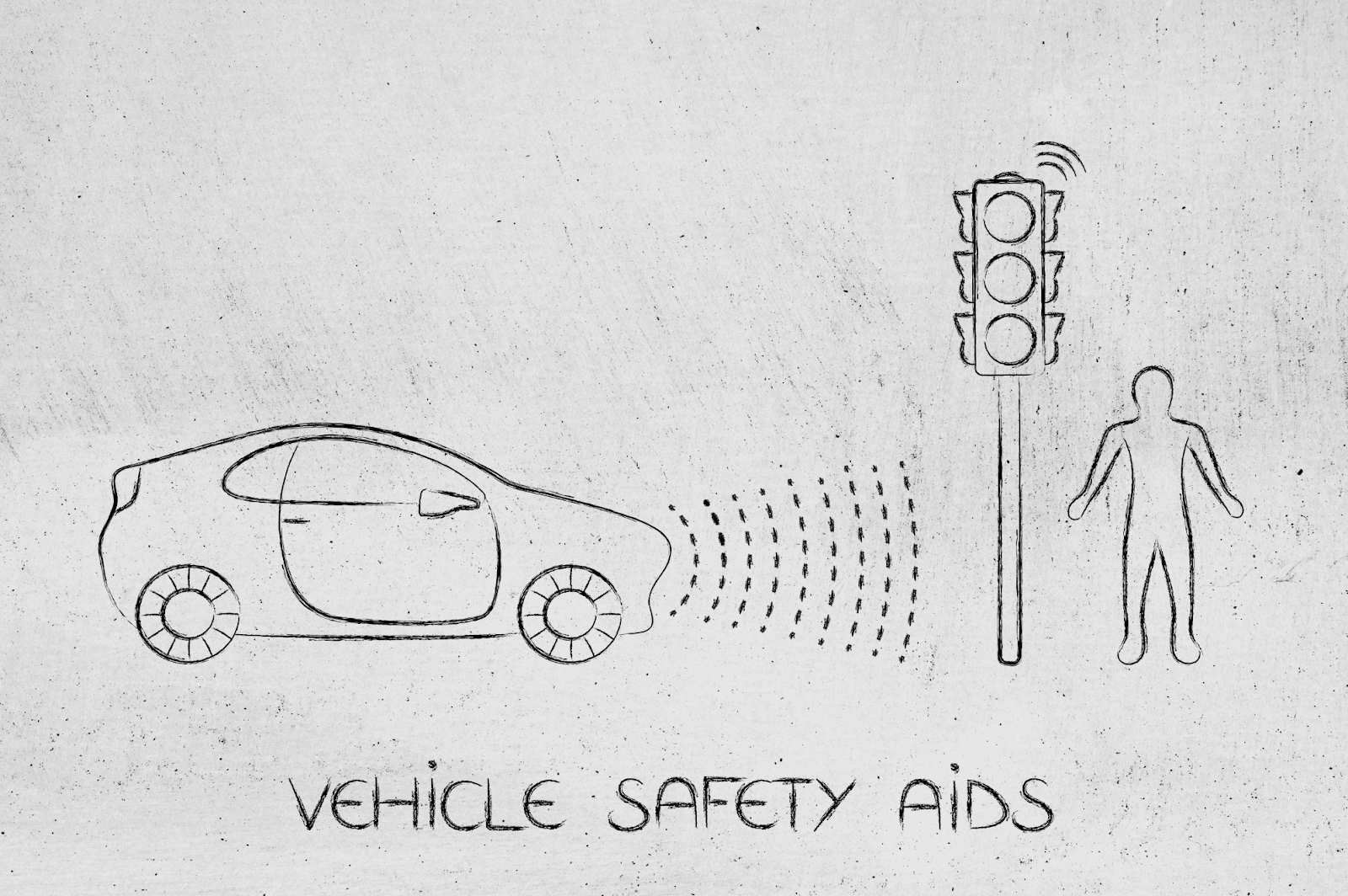
Researchers apply different approaches (shape-based, texture-based, gradient-based, and motion-based recognition) to enable self-driving cars to detect pedestrians better. One of the best experimental results, however, showed a human pose assessment technique (94.4% accuracy) that evaluates the probability of pedestrians crossing the road based on their pose. Overall, such a system would certainly help autonomous vehicles lower road accidents.
Driver Monitoring
Driver distraction tops the list of avoidable causes for fleet accidents, with driver fatigue coming in a close second. AI in transportation and logistics got on a mission to combat human weaknesses that can lead to fatal consequences on the road. Advanced driver monitoring systems that can recognize if a driver is paying attention to the road or distracted is one of the effectual AI in transportation examples.
It became possible due to the ML algorithms analyzing camera data from car cabins for things like dangerous behavior, drowsiness, and distraction. Most such systems have a warning feature that alerts drivers by vibrating the wheel or increasing the radio volume to catch the driver’s attention at the earliest possible point to prevent an accident.
Smart Parking Management
Navigating through traffic and dodging speeding tickets are challenging enough, but finding a parking spot in a packed lot or busy city center can be equally daunting. Thankfully, artificial intelligence in transportation offers a helping hand, making this daunting task a bit easier.
By integrating computer vision, parking lots equipped with sensors can monitor available spaces, while cameras and automatic number-plate recognition identify parked vehicles and track their parking duration. Then, it updates a live map of vacant and soon-to-be-free parking spaces that drivers can check on their phones. No more circling the block or guessing games.
AI in Logistics and Supply Chain Management
Transportation logistics firms and retailers try to maintain seamless supply chains, and with AI in logistics and transportation, that’s not only achievable but also effective. Delivery route optimization, reduced fuel consumption, sequencing of deliveries are just some of the aspects that can be improved with artificial intelligence. AI also makes it possible to predict product demands, stock needs, and customer requirements with better precision. So, it’s not surprising that according to Gartner, by 2024, 50% of all supply chain companies will invest in AI-driven applications with advanced analytics capabilities.
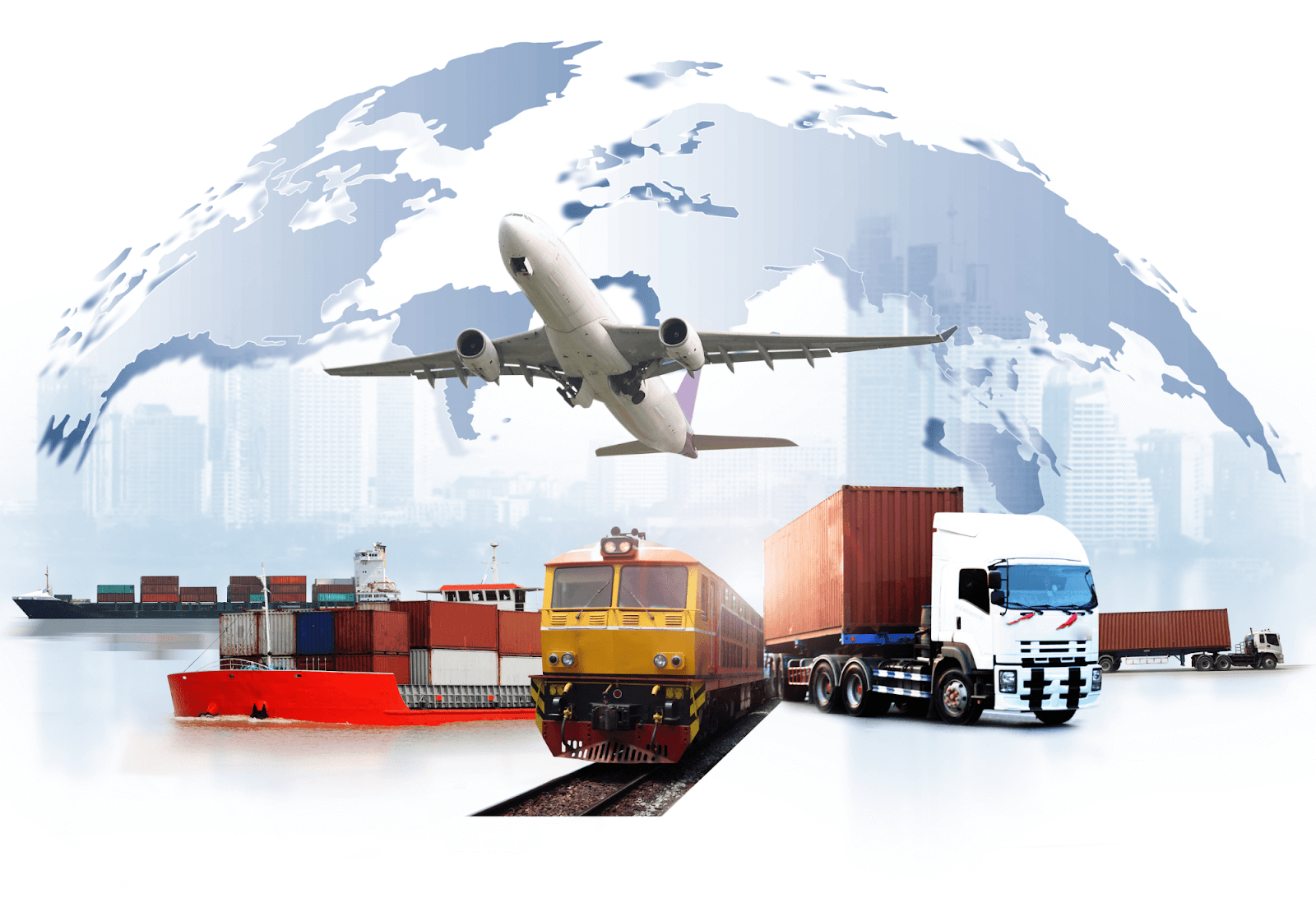
Automated License Plate Recognition
Automated license plate recognition (ALPR) will be a smart upgrade to existing transportation systems. It uses cameras to read vehicle registration plates to identify the car and its driver. ALPR systems work in any lighting condition, boasting over 95% accuracy. This AI in transportation technology is versatile, used in parking lots for access control, in traffic handling to monitor flow and incidents, and by law enforcement for security purposes.
Ride-Sharing and Mobility as a Service (MaaS)
Intended to find the best ride options for on-demand mobility, whether it’s a carpool, a bike, or a public transit, AI in transportation makes the MaaS model incredibly efficient and user-oriented. By bringing together a number of transportation operators into a single mobility ecosystem, AI helps people get the most convenient and time-saving travel options based on their needs. It analyzes passenger demand and traffic trends to forecast demand and dispatch vehicles to areas with anticipated high demand to pick up users just in time. This way, detour routes and wait times are minimized.
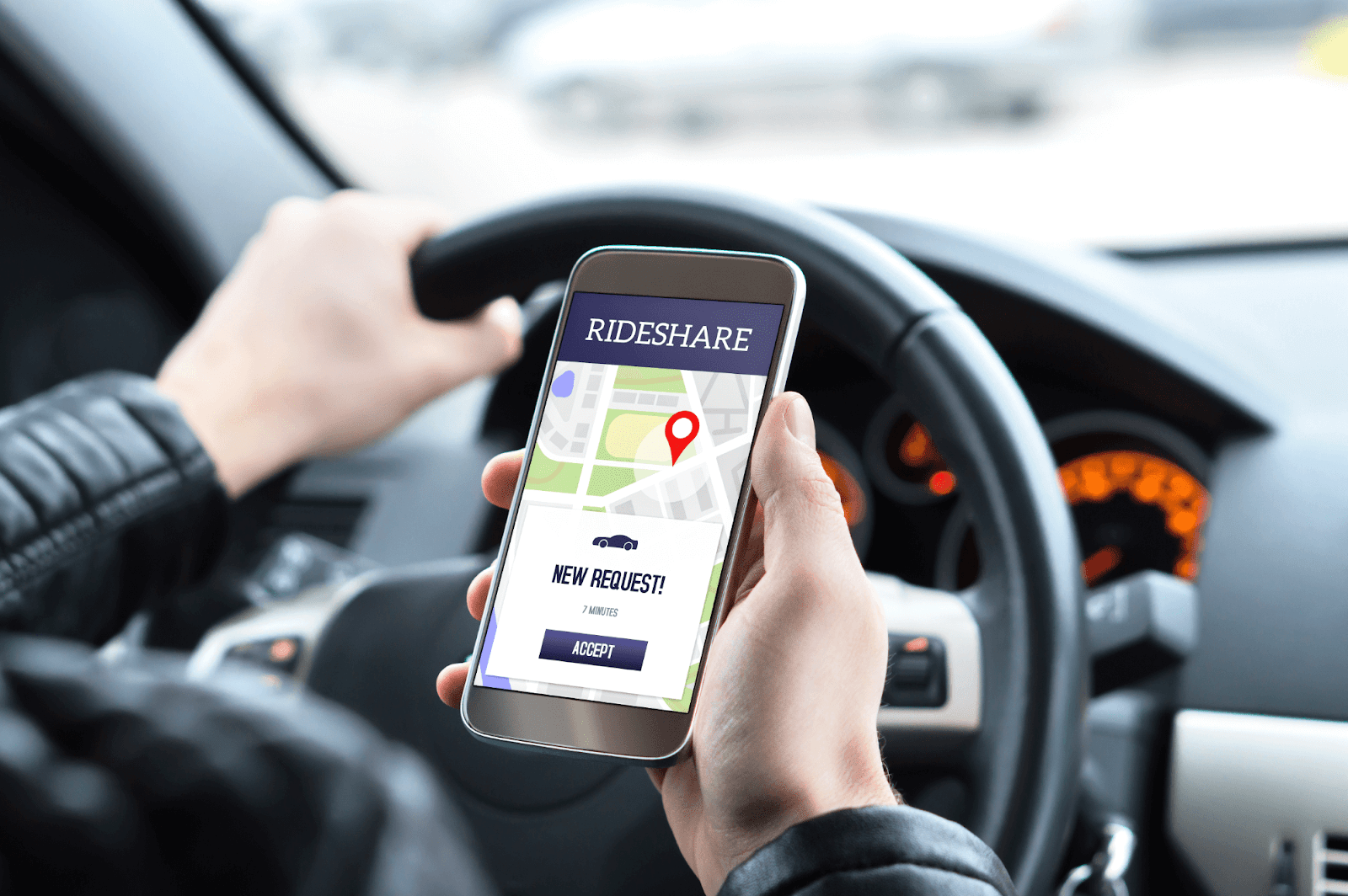
The Future of AI in Transportation
With massive advancements in intelligent technologies being announced almost every few months, the future of AI in transportation is bright and full of opportunities. The volume of data currently available is so much underutilized that there’s massive potential for machine learning. We believe it won’t be long until we enter the future of AI in transportation, where the industry is dominated by technology.
If some of the solutions discussed in this article sparked your interest, or you’re curious about how AI can enhance your daily operations, contact us! At Relevant Software, AI engineers will be glad to help you build AI-driven solutions that will make a real difference to your business.
Our core services:
Do you want a price estimate for your project?
Do you know that we helped 200+ companies build web/mobile apps and scale dev teams?
Let's talk about your engineering needs.
Write to us











